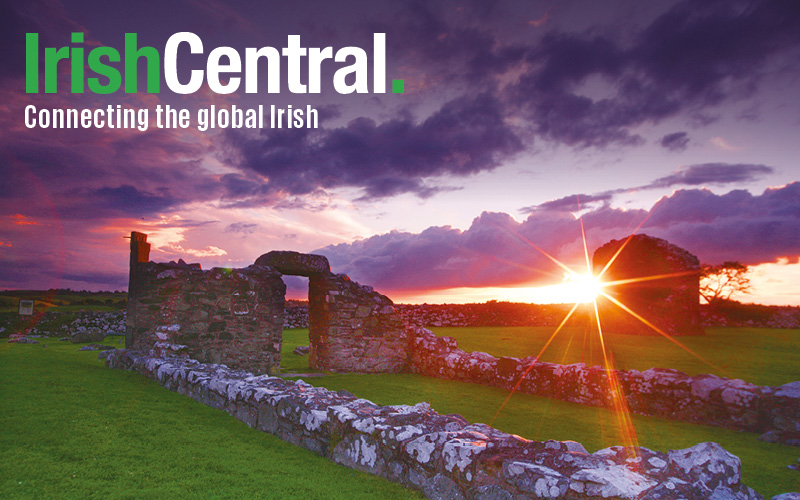I was fortunate to play the Old Head Golf Links on my most recent trip to Ireland. The Links is one of the most unique golf courses ever conceived. It is built on a 220-acre diamond of land, jutting out over two miles into the Atlantic Ocean. The links and practice area occupy 180 acres, and the remaining 40 acres of unspoilt cliff (rising in places to over 300 feet) frame the course. It is located seven miles beyond Kinsale, which is one of the most fashionable and scenic resort towns in Ireland, and only 30 minutes from Cork airport.
As a Cork City native, I was particularly thrilled to be playing on this world-class venue, just a short distance from my childhood home. I remember going there when it was a popular spot for a Sunday afternoon stroll and now I was back walking it again, this time chasing a small white ball.
The Old Head region is steeped in history. It is one of the few landmarks in Northern Europe shown on a map by the Greek historian Ptolemy in 100 A.D. After the first Norman invasion in 1169, control of the headland passed to the de Courcey family. The ruins of the de Courcey tower house and medieval walls form the entrance to the golf course today.
Over the centuries, primitive lighthouses were built to assist navigation and warn against invasion. The existing lighthouse was built in 1853 and is situated on the southern tip of the headland behind the 18th tee. The remains of two earlier lighthouses built in 1667 and 1814 can still be seen near the 7th tee. There have been countless shipwrecks in the vicinity of the Old Head over the centuries. The sinking of the Lusitania just over 40 miles away from the Old Head by a German U-boat in 1915, at the cost of 1,200 lives, was instrumental in causing the United States to enter World War I.
In the 19th and 20th centuries the headland was used by local farmers - mainly rough grazing for sheep. In 1989 the land was acquired by John and Patrick O'Connor, and the links opened for play in 1997. Over half a million shrubs, plants and bushes were planted at the Old Head, creating new wildlife habitats for pygmy shrews, bank voles, kestrels, foxes and hares.
From the moment I entered through the impressive historic walled entrance, the tone was set for a once-in-a-lifetime golfing experience. I was not disappointed.
After a short warmup on the practice range, we set off to the first tee. Here we were greeted by the starter, who gave us a hearty Irish welcome and some useful tips on managing the task that lay ahead.
Stretching over 7,200 yards, the par 72 course is comprised of five par 5's, five par 3's and eight par 4's. With six tee positions per hole and an ever-changing sea breeze, the Old Head provides a stern test to the touring pro and high handicapper alike. It is surrounded by the ocean on all sides and commands the most spectacular and stunning views (which can at times be distracting to your golf game!) throughout your round. Nine holes are played along the clifftop with views that will take your breath away. At one point I caught myself admiring my misfired tee shot as it sailed over the cliffs, down into the crashing surf below!
After our round, we headed to the clubhouse where we retired to the Lusitania Bar that also offers stunning views of the Atlantic Ocean and the Old Head Lighthouse. We were treated to a tour of the 15 new luxurious suites which are beautifully furnished and offer magnificent views. An overnight stay will also grant you access to the fitness suite and the Old Head thermal spa, where they offer a range of beauty care and therapeutic treatments for women and men, and a place for members and residents to unwind and restore.
As our day came to a close I knew this was a day that I would remember as a truly one-of-a-kind golf experience. On a personal note, I would like to thank all the staff that made this day so memorable for us.
For more information on the Old Head golf course go to www.oldhead.com or email [email protected].




Comments